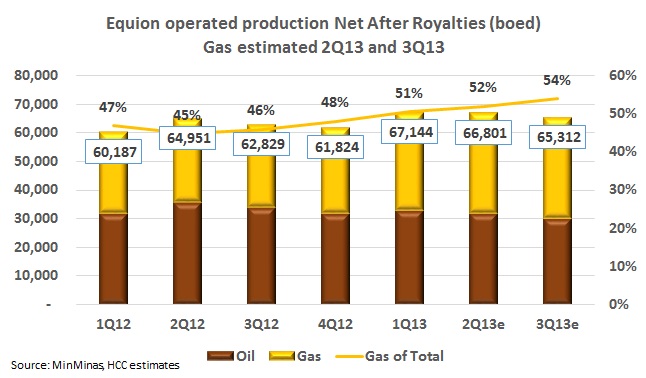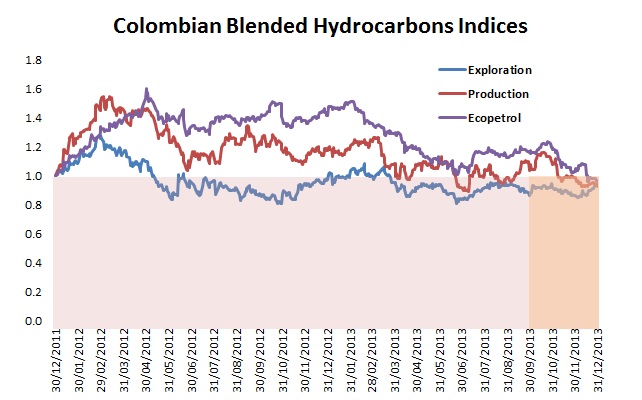Colombia’s comptroller Sandra Morelli was back making rounds with radio stations this week while visiting Cartagena, criticizing what she says is the “poor planning” which has dogged the Cartagena Refinery (Reficar) project.
Community leaders in the municipalities of Tame, Arauca and Hato Corozal, Casanare have formally requested a public hearing to voice questions on the environmental impact of oil production in the Llanos 10 block.

Oil producer Equion says it expects net oil production in 2014 to increase slightly to 27,900bd in 2014, compared to 27,000bd in 2013, and addressed accusations that seismic exploration is affecting the environment in Casanare.
The Casanare Department has issued a resolution that will repeal the legality of internal community action committee (JAC) regulations and increase oversight over the entities after detecting a series of irregularities in how they operate.
Community leaders from 22 municipalities in four departments will participate in a march on February 20th, 2014 in Meta capital of Villavicencio that will reject any oil production or exploration activities near the local water sources as the anti-oil sentiment in the region’s communities grows.
The governor of the Norte de Santander Department Édgar Díaz Contreras has proposed the construction of a micro-refinery with a capacity of 40,000bd to produce fuels for the region which is looking for alternatives after Venezuelan fuel sales were suspended last May.
The USO launched a series of accusations against Pacific Rubiales Energy (TSX:PRE), one of its favorite targets in the oil industry, taking aim at its STAR secondary recovery technology which the union says has failed.
The Ministry of Mines and Energy (MinMinas) says it is looking to expand the access and reach of propane in energy generation and use it in areas that farther off the formal energy grid.
Security and Public OrderIncidents near areas of interest to the oil and gas industry back up to the recent peak of 47 above recent and long-term averages.

That is what a partner in the petroleum practice of a major investment fund told the recent Oil Council Latin American assembly in Bogotá. (So-called Chatham House Rules prevent us from identifying either the individual or his company.)